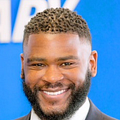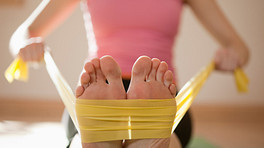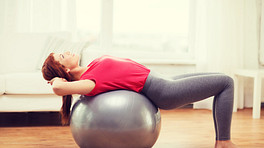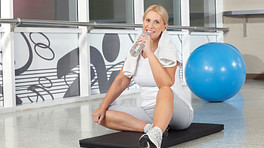There are certain exercises that can be done to restore proprioception lost due to injury. The main objectives are to:
- Improve spatial awareness
- Improve balance
- Increase a sense of joint position
Below are step-by-step directions for several proprioceptive exercises. Most of these exercises do not require the use of fitness devices. However, they can be added to increase difficulty in some cases. In general, these techniques are most beneficial when done regularly, over 4 to 6 weeks.
In This Article:
One leg balance
This simple exercise will improve overall stability and ankle proprioception.
- Balance on one leg
- Bend the knee of the opposite leg, so that it remains off of the floor
- Hold for 1 minute, with 10 to 20 seconds of rest in between, 3 to 4 times on each side
To increase the difficulty of this exercise, close your eyes or stand on a pliable surface, such as a BOSU ball or an Airex pad. A BOSU ball is a fitness device that includes an inflated rubber hemisphere attached to a stable platform. An Airex pad is made of soft foam or gel material that helps to challenge one’s balance and joint stability.
Unilateral 3-way kick
This exercise focuses on balance and core strength.
- Begin by standing on one leg
- With flexed toes, raise the opposite leg off the floor, then lower it back to the starting position
- Repeat this to the back and side with each leg
To increase the difficulty of this exercise stand on the edge of an uneven surface, such as a foam pad.
Shoulder wall ball stability
The shoulder is crucial to posture and neck support. This exercise improves strength regardless of an injury.
- Place a large exercise ball against a wall, keeping it in place with one hand
- Maintain an extended elbow but avoid locking it or hyperextended
- Make small circles with arm, moving the ball and keeping the arm extended
- Continue for 30 seconds to 1 minute
- Repeat with other arm
Some physical therapists suggest “drawing” the ABC’s with the ball to keep time and distinguish the movements.








